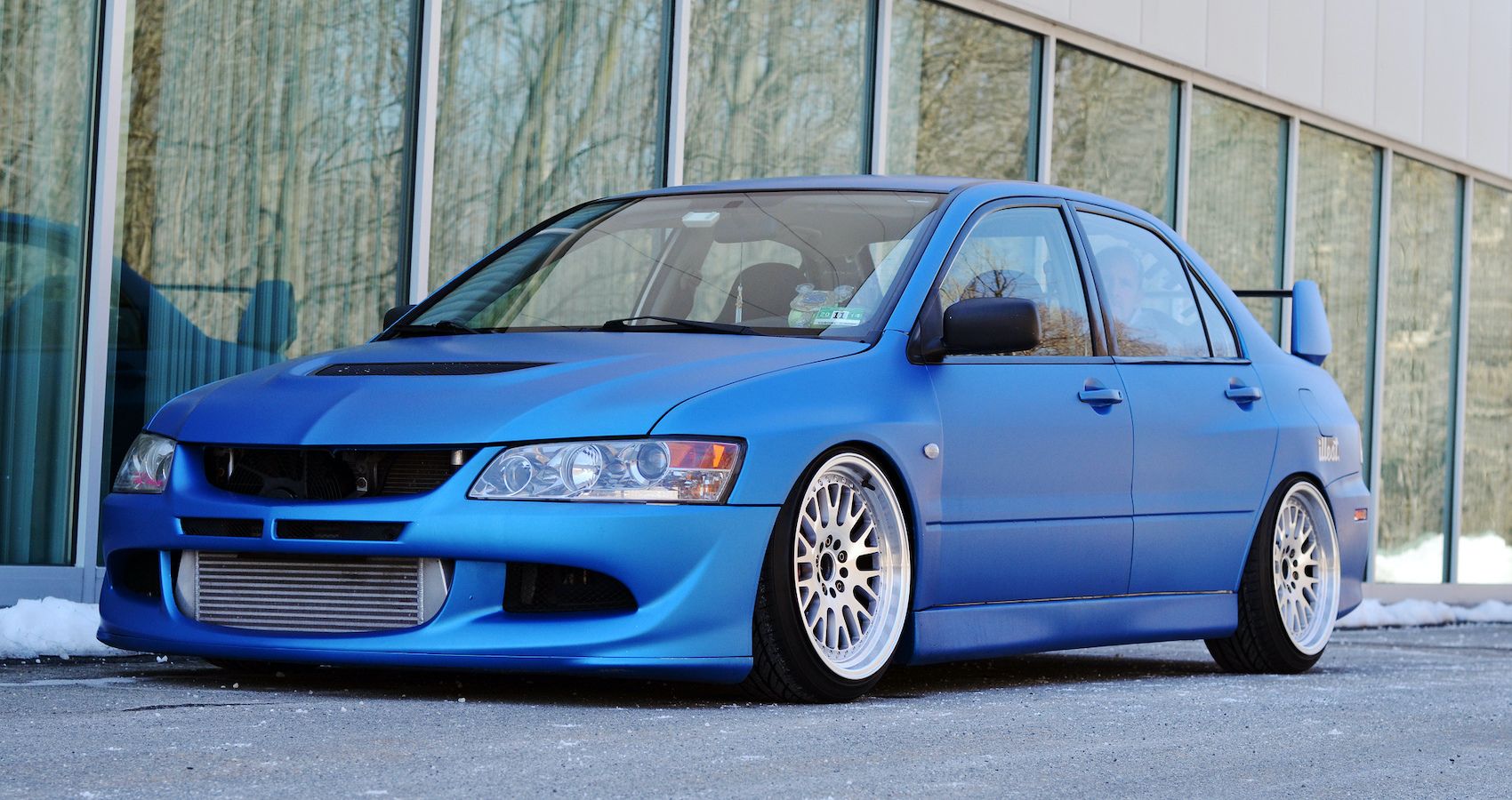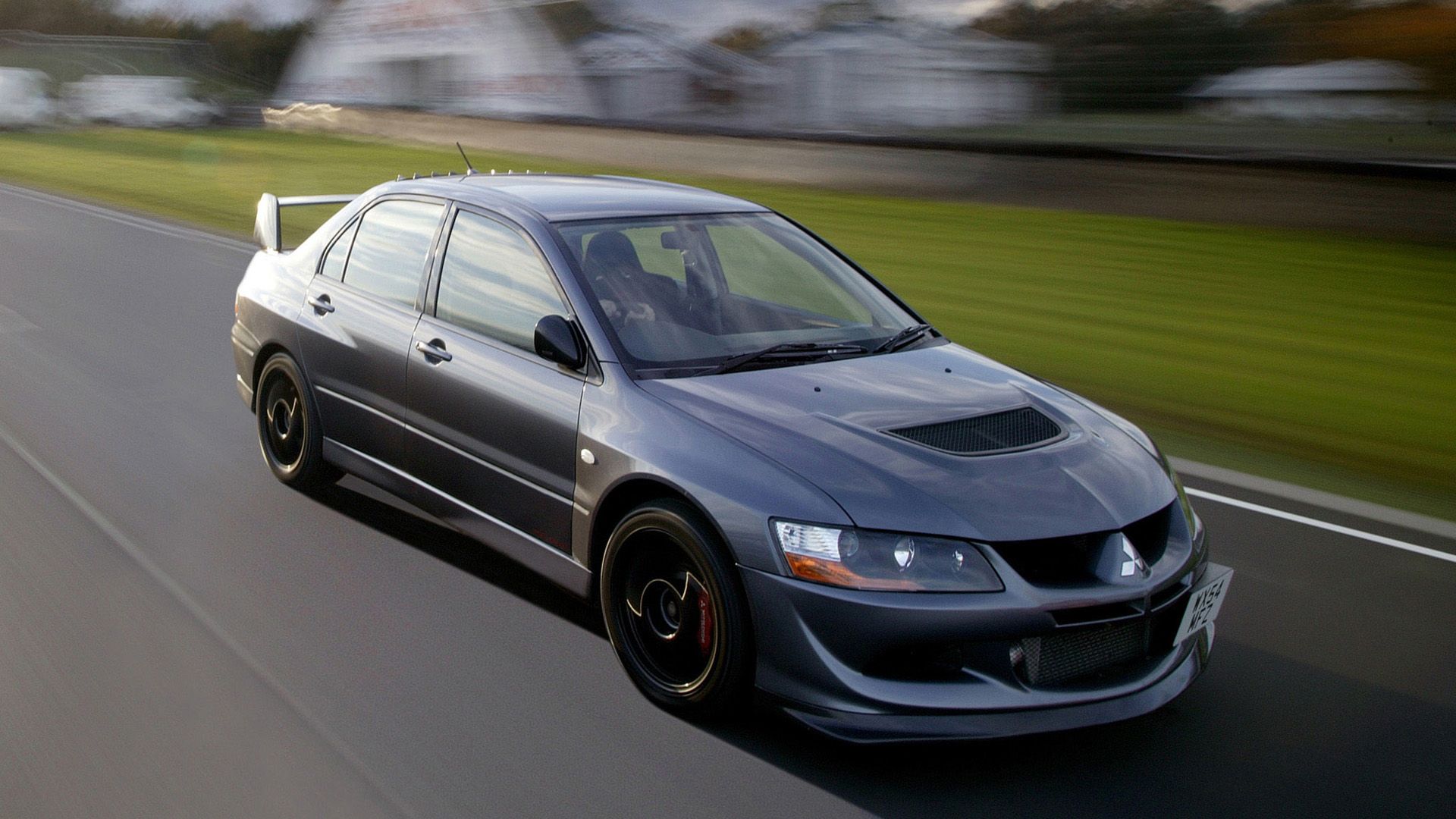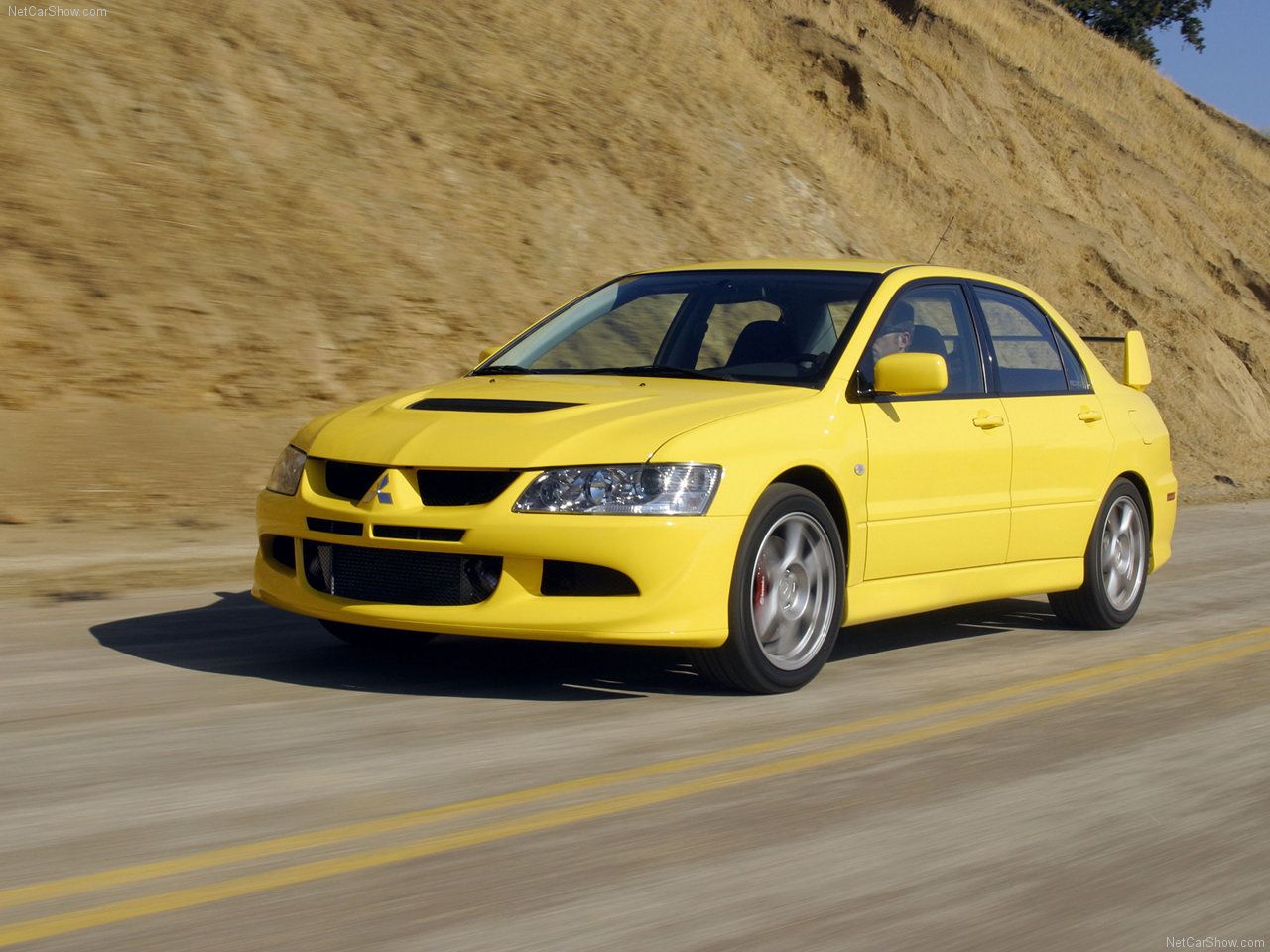Lancaster Evolution or Evo is a legend among Mitsubishi fans because of its World Rally past and mind-blowing performance. Interestingly enough, Evo has an almost universal appeal, being loved by various generations and demographics.
Older Millennials love this icon because of its World Rally roots, but strangely enough even the gaming obsessed Gen. Z knows about the Mitsubishi Lancer Evolution VIII. Their knowledge comes from the 2004 racing video game Need for Speed: Underground 2, which features the Evo VIII. In this game, players who get to level 4 in the career mode and round off Underground Racing League race 15 will unlock the Evo VIII. Evidently, this high-tech rally car was also featured in various car racing movies and series, such as 200 M.P.H. (2011), Cannonball Run Europe: Great Escape (2005) and Fast & Furious (2009).
Mitsubishi knows the science of product placement better than its competitors and, thanks to its marketing efforts, entire generations grew up loving the Evo VIII. But there’s far more to this automobile than a well-thought-out marketing strategy. In fact, this car’s rigid-looking exterior is a classic, while Evo’s racing history is the stuff legends are made of.
Why Did America Love The Mitsubishi Lancer Evolution VIII
While most Japanese cars that reached the American shores were seen as practical, rather dull and minimalist, this Evo arrived at a time, when the discussion was shifting thanks to vehicles that broke the mold like the Subaru Impreza WRX, which was released the year prior. Since the turn of the century, Japanese cars are widely admired for their unique qualities. Not only that, but brands like Mitsubishi, Toyota and Subaru have become synonyms for magnificent vehicles, legendary engines and high-performance.
As for the Evo VIII, it conquered the U.S. market instantly. Based on the lightweight Lancaster, but with serious structural differences, the Evo seemed as a furious sports sedan designed to satisfy the needs of drivers who pursued extreme driving pleasure. Naturally, it helped that Evo VIII was available in four trims and customers could find something that fitted their budget.
“The Evolution proved that Mitsubishi not only could compete with the best performance cars in the world, but that we could offer something most performance cars don’t,” said Ian Beavis, senior vice president of marketing for Mitsubishi Motors North America (MMNA), “And that’s value.”
Indeed, offering customers a killer value proposition was a game changer. Mitsubishi had a competitive edge over its rivals because it brought to the American market a powerful sports sedan that had unique features like the Active Center Differential (ACD) and was priced reasonably.
What Were The Best Features Of The Mitsubishi Lancer Evolution VIII
By far, the best thing about the 2003 Evolution VIII is the performance. Thanks to its 4G63-type 2.0-liter in-line 4-cylinder engine capable of generating 271 horsepower (202 kW; 275 PS), this sports sedan could speed up from 0 to 60 miles per hour in 5.1 seconds. But there were other standout features that delighted the American public, such as the ACD and 6-speed transmission on the 2005 MR (the 2003 and 2004 GSRs introduced in the U.S. didn’t have the 6-speed manual transmission), and design elements like the bulky rear bumpers, chrome headlight and 17" gray Enkei wheels.
How Much Does A Mitsubishi Lancer Evolution VIII Costs Today
If you believe you’ll find a Mitsubishi Lancer Evolution VIII just by browsing the internet or visiting your local auto junkyard, think again. These cars are quite rare, and they were never intended for mass production. According to evolutionm.net, the total production sales in the U.S. for the Evolution VIII (2003–2005) was 12,846 units. In 2003, 7,167 standard units were released. Next year, in 2004, the production sales for the RS was 263 units and there were 1,254 GSR available. In 2005, production sales for the MR was 1,000, for the RS was 282 and for the Standard 2,880.
Considering the scarcity of this sports sedan it is understandable why in recent years, it became a valuable collector’s item. This means, that fans might find an Eco VIII for auction at a website like Bring a Trailer, but it will come with an exorbitant price.
It’s worth noting that these cars are a relatively safe investment, and they don’t depreciate in value. On the contrary, they get more expensive over time.
Currently, there’s a 2003 Mitsubishi Lancer Evolution VIII on CarGurus with a staggering 110,084 miles on the odometer, priced at $28,995. Most drivers are probably on the lookout for an Evo VIII that has under 100,000 miles, but that will bring them above $40,000. CarGurus has a 2003 Mitsubishi Lancer Evolution VIII priced at $41,197 with only 45,500 miles on the odometer. And Carsforsale lists six 2003 Mitsubishi Lancer Evolution with prices ranging from $27,900 (with 85,018 miles on the odometer) to $60,000.




